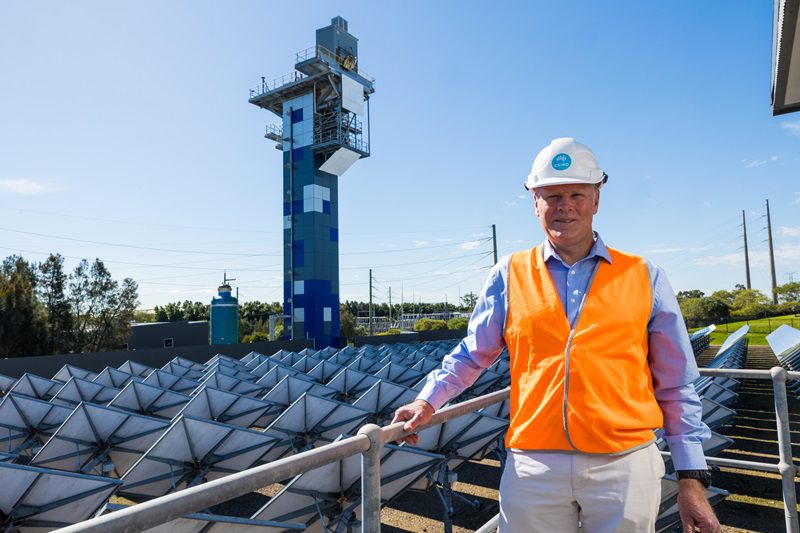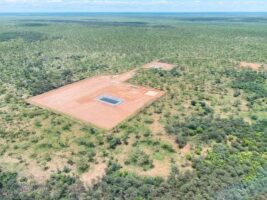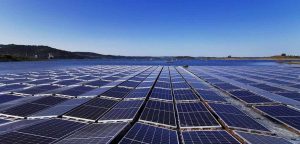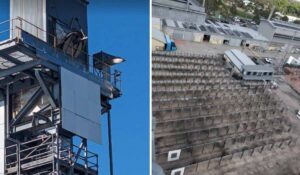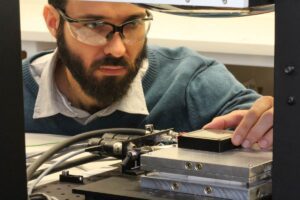Researchers at CSIRO’s concentrated solar thermal (CST) research facility in Newcastle have achieved a temperature milestone, using “falling” particles of ceramics the size of sand, and which could lead to a cheaper and better way to create and store solar energy.
“This is significant because it creates the opportunity for greater renewable energy storage when combined with our patented heat exchanger,” said Dr Jin-Soo Kim who leads the team that has been working for eight years on the process.
“This technology is key to delivering low-cost renewable energy at scale for the decarbonisation of Australia’s heavy industry.
CST is based around the same basic technology as using a magnifying glass burning a hole in a piece of paper, and can create both heat, and then energy storage for hours at a time. This effectively makes CST a solar farm and battery combined.
CST traditionally uses molten salt or high temperature oil as the ‘heat temperature medium’, but these can only be safely heated to 600°C or 400°C respectively. But the new pilot plant developed by the CSIRO has recently hit a temperature high of 803°C using ceramic particles the size of sand.
The team suggest that in the right set up, the particles could get up to 1000°C.
“They’re pretty much the same particles used in fracking. The particles are used to keep the gas seams apart to allow the gas to percolate out. It’s a very low cost and readily available particle,” Wes Stein, chief scientist for Solar Technologies told RenewEconomy.
“It’s not going to melt, they’re not going to have a problem with high temperatures, they’re not going to degrade and they’re not toxic.”
The dark ceramic particles continuously fall from the top of the tower through a beam of focused solar energy. They form a 10-20mm curtain which is heated up by the concentrated solar up to 800°C.
They quickly are caught by a funneling system to eventually be stored in silos, and later produce steam for energy or other industrial tasks.
“CST doesn’t compete with PV solar energy,” said Dominic Zaal, Director of the Australian Solar Thermal Research Institute.
“PV gives you power when the sun is shining, whereas CST takes energy from the sun, stores it and then allows the user to use that energy when the sun isn’t shining, such as overnight or on cloudy days.”
“The technology is a smart, cost-effective way to store a large amount of high temperature heat for 10-15 hours.”
The team is currently looking at building a 50 MW thermal plant, but Stein suggests that the upper limit of the technology could be 100 MW of electricity with 15 hours of storage available.
Despite CST being around for decades, it has been hard to get it commercialised. Australia’s first commercial CST in South Australia has been plagued with funding issues, and has changed hands and technologies several times over the years.
However, Stein told RenewEconomy that the ceramic particle CST is half the cost of traditional battery storage and two thirds the cost of molten salt CST systems.
“The real claim to fame for [concentrated solar power or] CSP is a low cost storage,” he said.
“There hasn’t really been the market signals for storage of any significant quantities up to this point. As coal retires, you’re going to need to replace that with dispatchable, firm, renewable sources.
“There’s going to be a need for technologies like CSP to fill that gap.”

